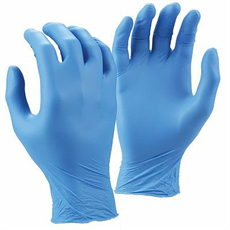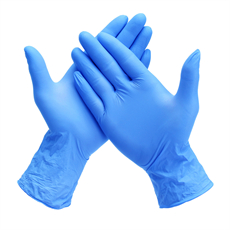Surgical gowns for veterinarians have unique needs and considerations compared to those used in human healthcare settings. Veterinarians perform a wide range of surgical procedures on animals, and these procedures can vary significantly in terms of size, species, and type of surgery. Here are some of the unique needs and considerations for surgical gowns in veterinary medicine:
- Animal Size and Species: Veterinary surgeons work with animals of various sizes and species, from small rodents to large livestock and even exotic animals. Surgical gowns should be available in different sizes and styles to accommodate the specific animals being treated.
- Durability: Veterinary surgeries can be physically demanding, and veterinarians may need to perform procedures on animals that are not as cooperative as human patients. Surgical gowns should be durable and resistant to tears and punctures to withstand the challenges posed by animal patients.
- Protection from Zoonotic Diseases: Veterinarians may encounter zoonotic diseases, which are infectious diseases that can be transmitted between animals and humans. Surgical gowns should provide protection against potential exposure to zoonotic pathogens, just as they do for human healthcare workers.Fluid Resistance: Veterinary surgeries can involve a significant amount of bodily fluids, such as blood and urine. Gowns should offer high fluid resistance to prevent contamination and protect veterinarians from potential exposure.
- Ease of Cleaning: Veterinary surgical gowns should be easy to clean and sanitize after use. Many veterinarians work in busy clinical settings where quick turnaround times for cleaning and sterilization are crucial.
- Animal Hair and Allergens: Veterinary surgeons often encounter animal hair and allergens during procedures. Gowns should be designed to minimize the buildup of animal hair and allergens to maintain a clean and hygienic environment.
- Mobility: Veterinarians may need to move quickly and efficiently during surgery to address the specific needs of animal patients. Surgical gowns should provide ease of movement and not impede dexterity.
- Access to Pockets and Tools: Veterinarians may need to access various tools and instruments during surgery. Gown designs should allow for easy access to pockets or pouches for holding necessary equipment.
- Environmental Considerations: Some veterinarians work in outdoor or field settings, which may expose them to environmental elements such as rain or mud. In such cases, gowns may need to be designed to protect against environmental factors.
- Disposable vs. Reusable: The choice between disposable and reusable surgical gowns in veterinary medicine may depend on factors like the type of practice, frequency of surgeries, and budget constraints.
- Veterinary-Specific Sizing: Gowns designed for veterinarians should consider the unique body shapes and postures often required when working with animals, as these can differ from human surgery.
- Communication: Clear communication with veterinary team members is crucial during surgery. Gowns should allow for unobstructed communication, especially when wearing face shields or masks.
Overall, surgical gowns for veterinarians need to be versatile and adaptable to a wide range of surgical scenarios and animal species. The selection of appropriate gowns should take into account the specific needs and challenges of veterinary surgery to ensure the safety and effectiveness of procedures while maintaining a high standard of hygiene and infection control.























